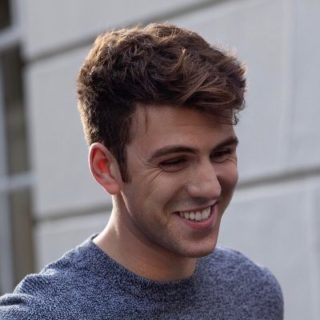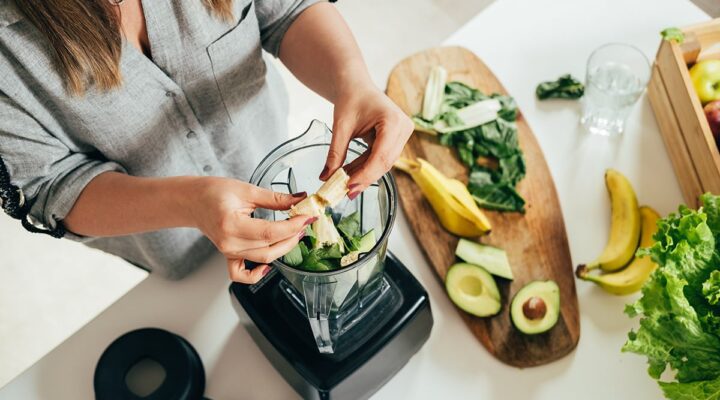8 Health and Fitness Micro-Trends to Look Out for in 2022
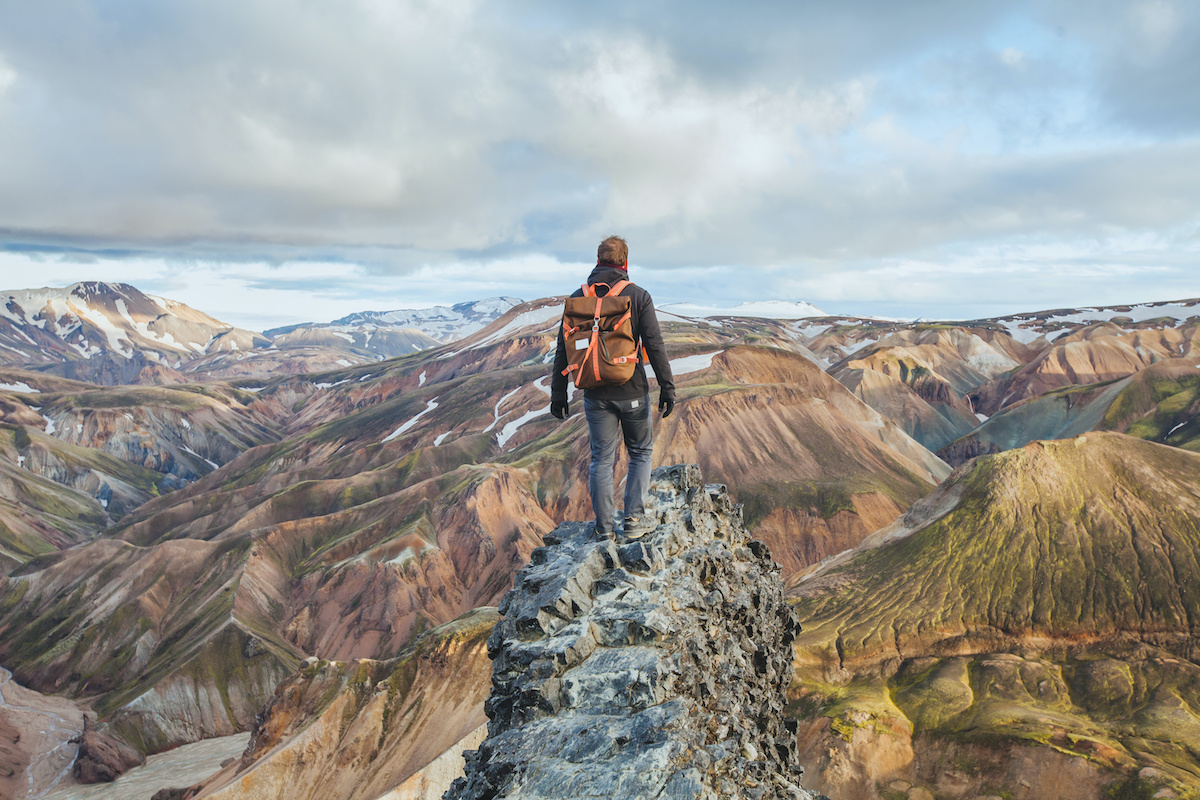
As we hesitantly enter 2022 the major health and fitness trends we should see over the coming year should be all too familiar. The continuing pandemic will remain a large influence, resulting in an ever-growing interest in online workouts, outdoors exercise, mental health care, and immune support — just as in 2021.
So rather than going over old, and already well-established ground we’ve decided to look at eight enlightening trends that are running a little further under the radar for this annual trends instalment. From the return of microdosing and psychoacoustics, to transformative survivalism and TikTok influencing going into hyperdrive, these are the micro-trends that are readying themselves for a podium finish, even if Joe Wicks ends up taking gold for a third isolation-ridden year in a row.
Body Inclusive Workouts
We start with maybe one of the most important movements on this list — body inclusive workouts. The fitness world has long felt like an exclusionary club you see, whether it be the intimidation incurred by all that grunting and posturing in the weights room, or the ever-familiar bombardment of abs and bulging biceps on social media, athleisure adverts, magazine covers, and tubs of protein (we’ll stick to our idyllic mountains thank you very much).
There’s been a growing community of body-positive influencers and brands battling against this for a number of years now, but in 2022 don’t be surprised to see the body inclusivity movement further grow through the development of fitness apps like joyn, which focuses on body-neutral movement with no judgment and no diet talk.
Also expect an increasing and much-needed focus on accessibility, from sign language spin classes, as seen in one particular Soul Cycle branch in Boston, USA, to online workouts tailored to those with impairments, like the ones you can find at Accessercise, a fitness app founded by Paralympian Ali Jawad.
Smarter Tracking
Wearables were voted the number one trend to look out for by the 4,500 health and fitness pros surveyed for the annual American College of Sports Medicine (ACSM) trends report, with over 27 percent of us now using a tracker regularly, a number that’s only going to increase with all the units Apple and Fitbit shifted over the holiday season. That makes this less of a micro-trend and more of a full-blown avalanche.
But within the trend we expect tracking technology to take a massive leap forward. Like our smartphones, these trackers will only get smarter and more sophisticated with time — there are rumours the upcoming Apple Watch 8 will come with blood glucose monitoring. Recovery will also become an important aspect — the latest Whoop band now incorporates a strain score for example, which rates every movement you make by workload and how long you might need to recover.
Metabolism trackers, like the slick, user-friendly Lumen, are also set to hit the big time while continuing research around smart tattoos sparks the imagination while also offering practical solutions to everyday issues like testing blood sugar levels among diabetics.
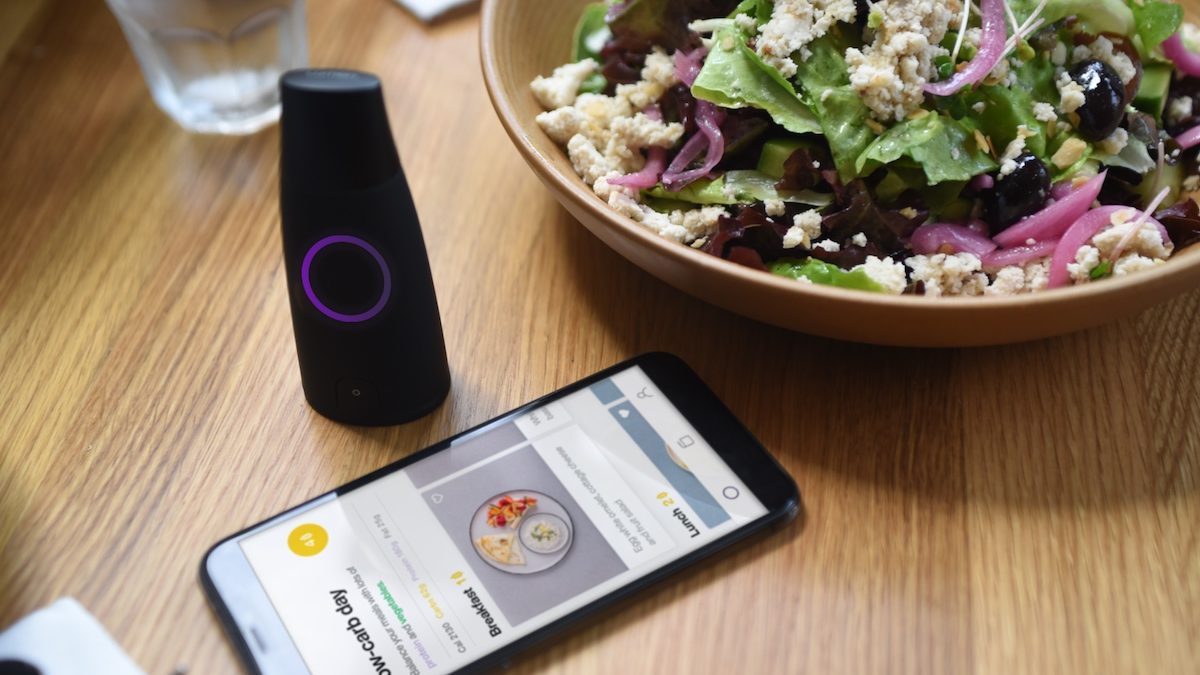
Microdosing
The tail end of 2021 saw microdosing come up a lot in our water cooler/Nespresso machine chats at Form HQ. It all stemmed from the release of author and journalist Michael Pollan’s book This Is Your Mind On Plants, released to wide acclaim in July 2021, which explored our cultural interactions with three very different drugs — opium, caffeine, and mescaline — as well as the idea that when we take these drugs into our bodies and let them change our minds, we’re engaging with nature in one of the most profound ways possible.
The interest stirred by Pollan’s book has coincided with two shifts, firstly in people starting to more regularly use microdosing for mental health treatment and to enhance wellbeing, instead of performance enhancement and creativity — despite psychedelic drug use declining during the pandemic according to Global Drug Survey findings released in December 2021.
And secondly, the seriousness with which the academic world is taking microdosing. Berkeley, Yale, and Harvard have now all launched research centres dedicated to studying psychedelics, while in October 2021, the National Institute of Health (NIH) made its first substantial grant for a psychedelic drug trial in more than 50 years to John Hopkins. It’s all led experts, like Pollan, to predict that FDA approval of MDMA and psilocybin, better known as magic mushrooms, is only a few years away.
Ballet Returns To The Gym Floor
Around the middle of the last decade, barre was the H&F buzzword, with every gym and their dog installing a rail in preparation for the takeover. It’s still around in a big way, but sort of fell back under the shadow of strength training until the ballet buzz returned last November with the launch of Ballet by Equinox x ABT, a partnership between worldwide gym chain Equinox and the American Ballet Theatre (ABT).
The 45-minute class combines fundamental ballet moves with cardio, sculpt, and core strengthening exercises, for a workout that promises the best of classical ballet training and cutting-edge fitness. There’s also a number of barre-focused workout apps popping up including B the Method, Barre3, and Pure Barre Go, hinting at a possible renaissance for ballet-inspired fitness in 2022.

Transformative Survivalism
Sure this one might look more like a travel trend than a health and fitness one, but when the whole concept is predicated on physical exertion, well, being healthy and fit comes into it.
The idea is that affluent holidaymakers have become bored of staying in five-star palaces, and instead want to earn their enjoyment, resulting in adventure travel companies like Black Tomato, conjuring up all manner of extreme adventures that test those who have the dosh, physically and mentally in wonderfully transformative ways.
Get Lost is one of said adventures offered by Black Tomato, experienced and written about by journalist Ed Caesar in a November 2021 piece for the New Yorker, with Caesar being unceremoniously dumped in the deserted Atlas Mountains in Morocco, before spending two days solo trekking back to civilization.
There’s a number of survivalist and extreme holidays now out there, from the Bear Grylls Explorers Camp to the litany of travel companies taking adventurers up Mount Everest, owing much to the old-age maxim’ go hard, or go home’. “During the various lockdowns, unable to travel, I had longed for adventure,” writes Caeser. “Here it was.”
Psychoacoustics (And Sound Therapy)
Psychoacoustics, the branch of science dedicated to the psychological responses associated with sound, and the therapeutic practices associated with it, has seemingly been a trend since the dawn of these forecasting lists, and certainly since the ancient Greeks used flute playing to aid in digestion, treat mental disturbance, and induce sleep.
Youtube sound bathing sessions have become a popular coping mechanism during the pandemic, while Silicon Valley has cottoned on with a number of capital firms investing in the space — take the well-funded startup Endel, for example, which uses artificial intelligence to create sound environments specific to the user and are designed to reduce stress, improve sleep and boost productivity. Canadian electronic artist Grimes has even been getting in on the act, creating A.I. Lullaby, an adaptive sleep soundscape, for Endel to use in their app.
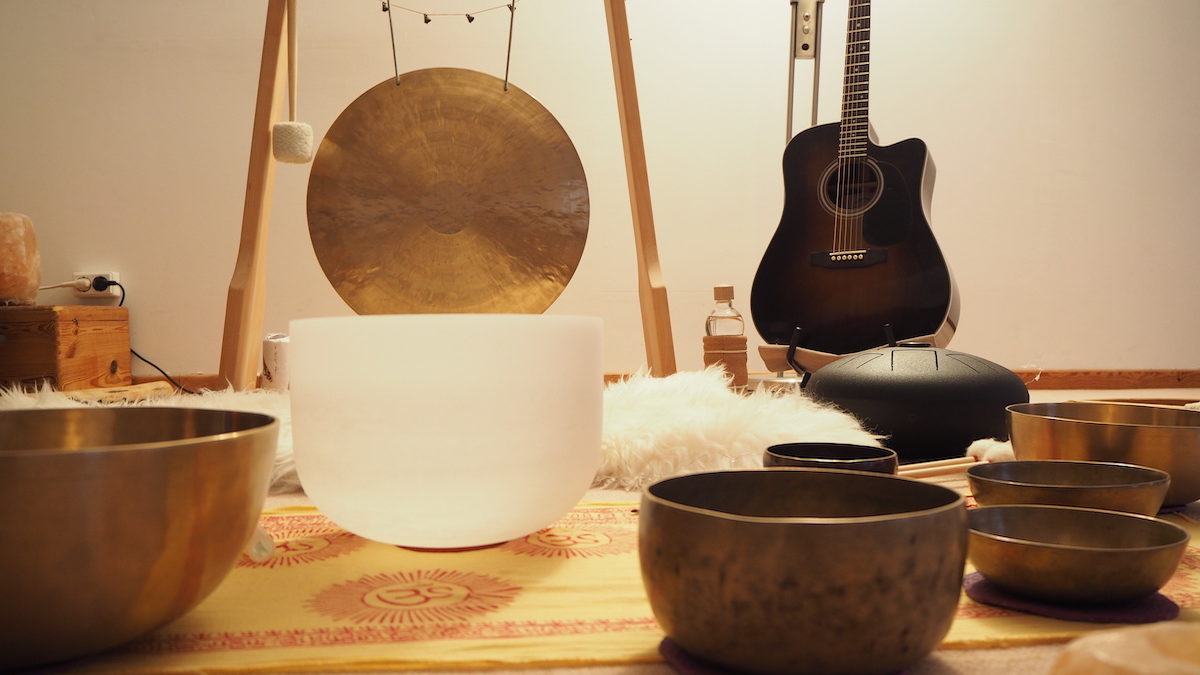
TikTok Fitness Really Takes Off
Back in March 2021, journalist and deputy digital editor at Men’s Health, Ed Cooper, wrote a brilliant piece for us here on inForm around the creators and fitness influencers turning the social media platform Tiktok into a no-judgement health and fitness hub.
It felt like just the start as creators were still figuring out how to adapt their content for a platform that started out as a way of sharing goofy lip-syncs. It’s now firmly the third largest social network in the world behind Facebook and Instagram, and it’ll be interesting to see how this shifting of health and fitness content from Instagram — its traditional social media home — to TikTok continues, if only to see which fitness challenge takes over from last year’s #cupidshufflechallenge.
Flower Power
From chamomile in your tea to lavender sprays before bed, flowers have always been a wellness mainstay. But over the last year, we’ve seen increasing talk around something called flower essence therapy, which uses bespoke flower essences to help promote emotional health and banish negative feelings like anxiety and lethargy.
Much of flower essence therapy is based on the work of Dr. Edward Bach, a bacteriologist, pathologist, and homeopath, who by the time of his death in 1936, had developed 38 different flower remedies.
Leading the modern-day charge is London-based wellness brand Flomacy which sells complex floral drops, with names like Anti-Bitch, designed to dispel feelings of impatience and irritability.
Current scientific evidence for flower essence therapy is limited though, so do approach with caution and find what works best for you.


